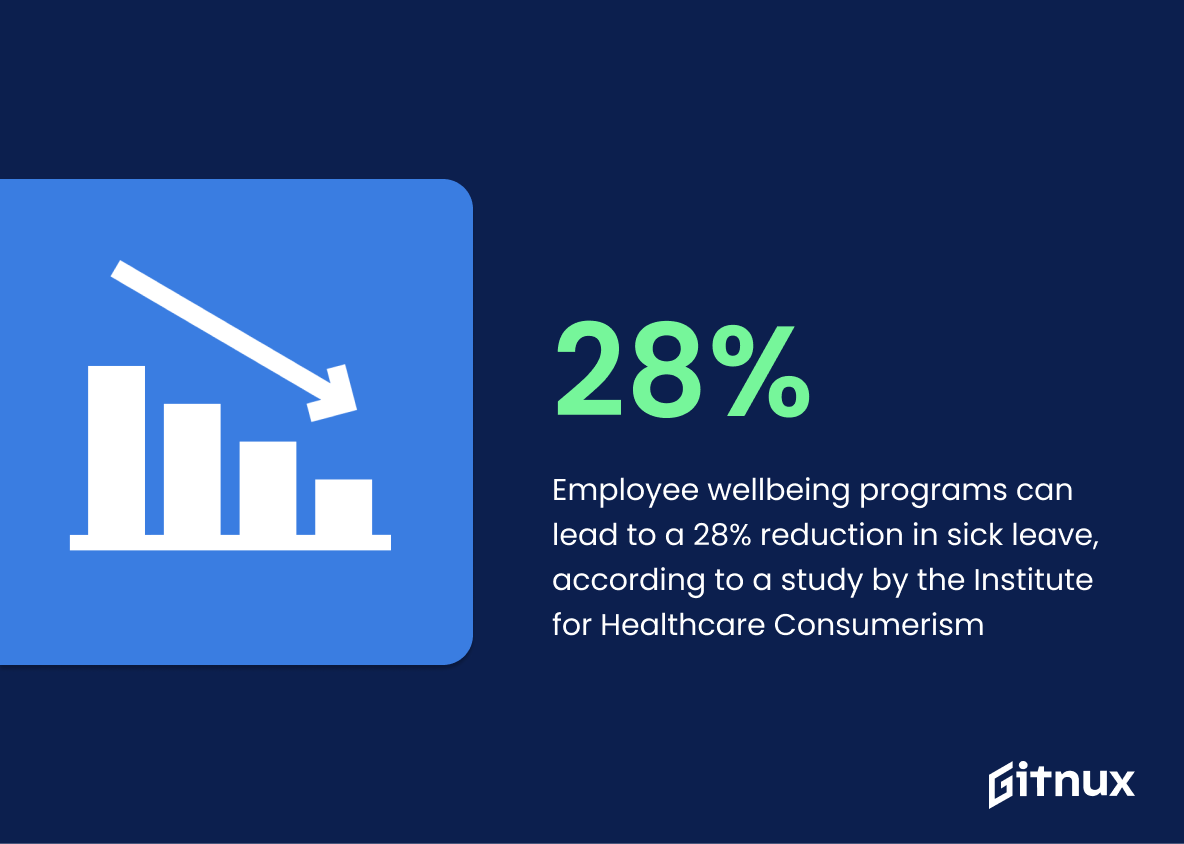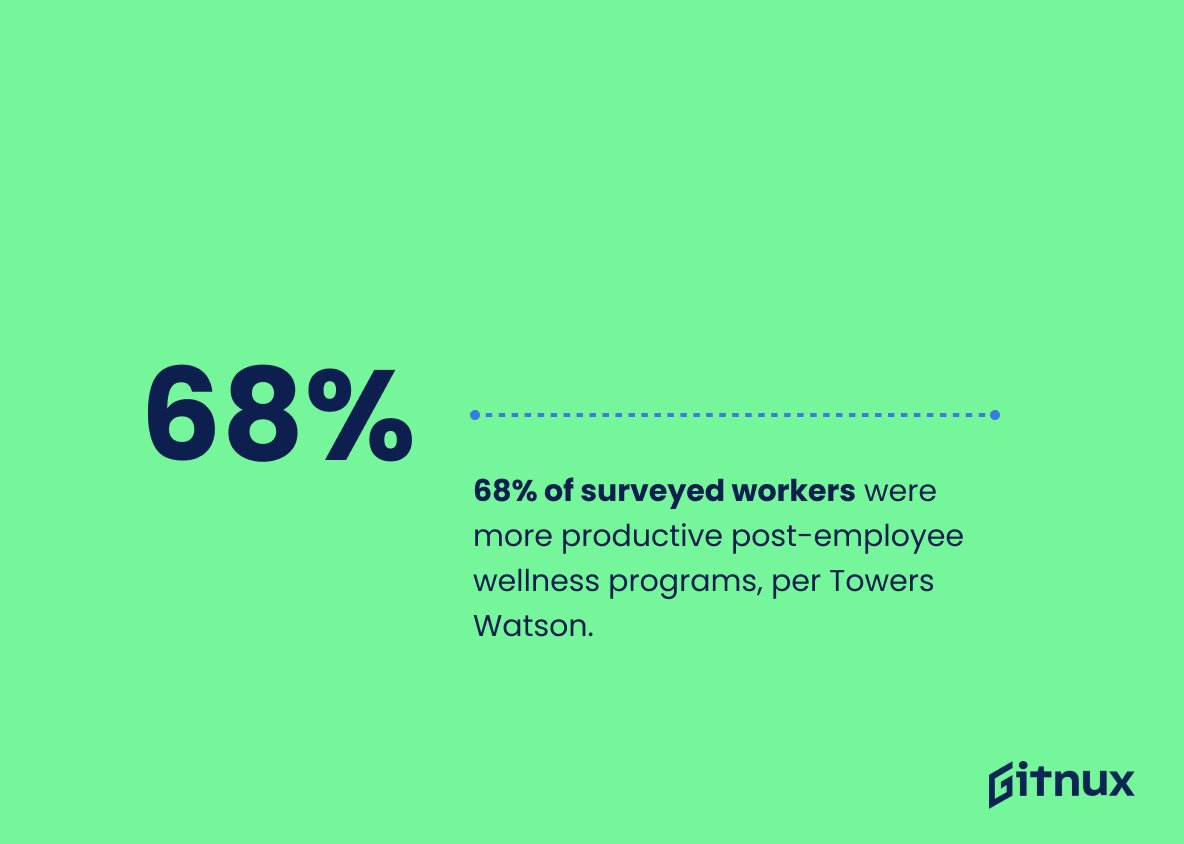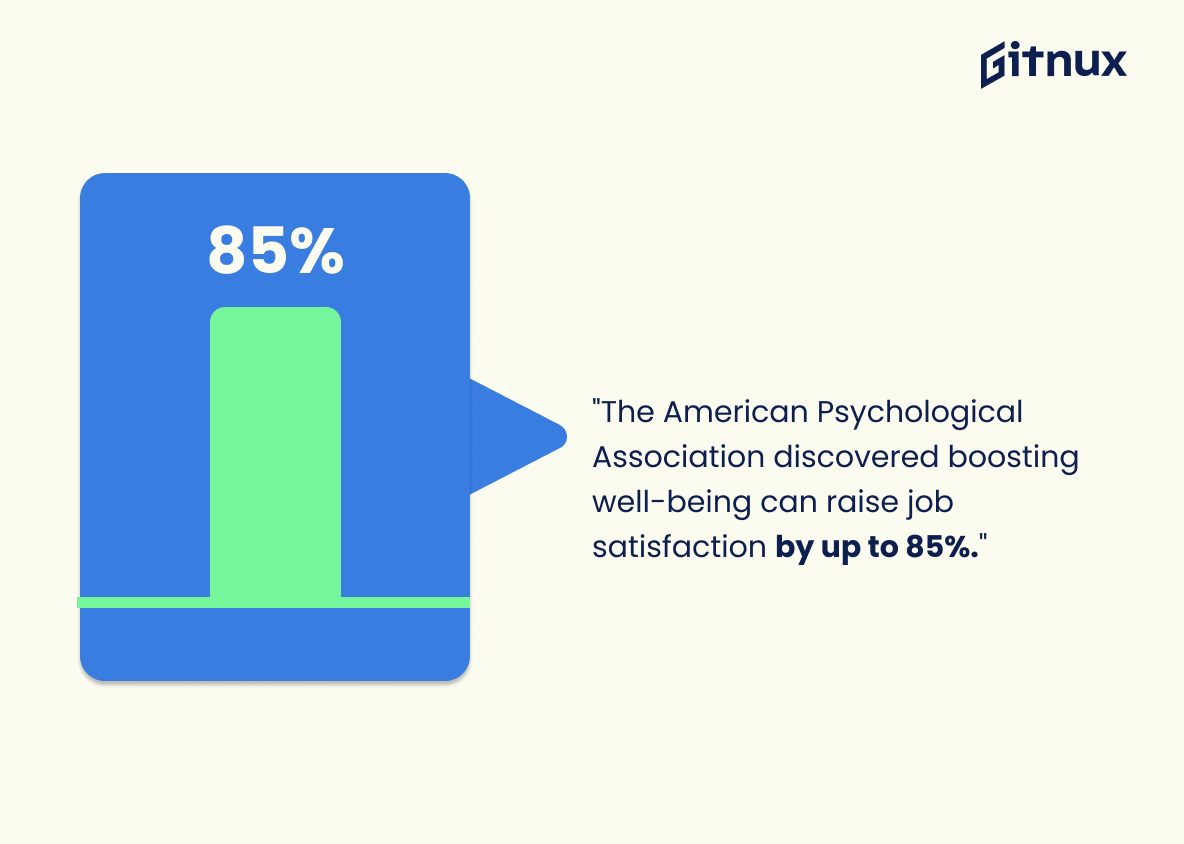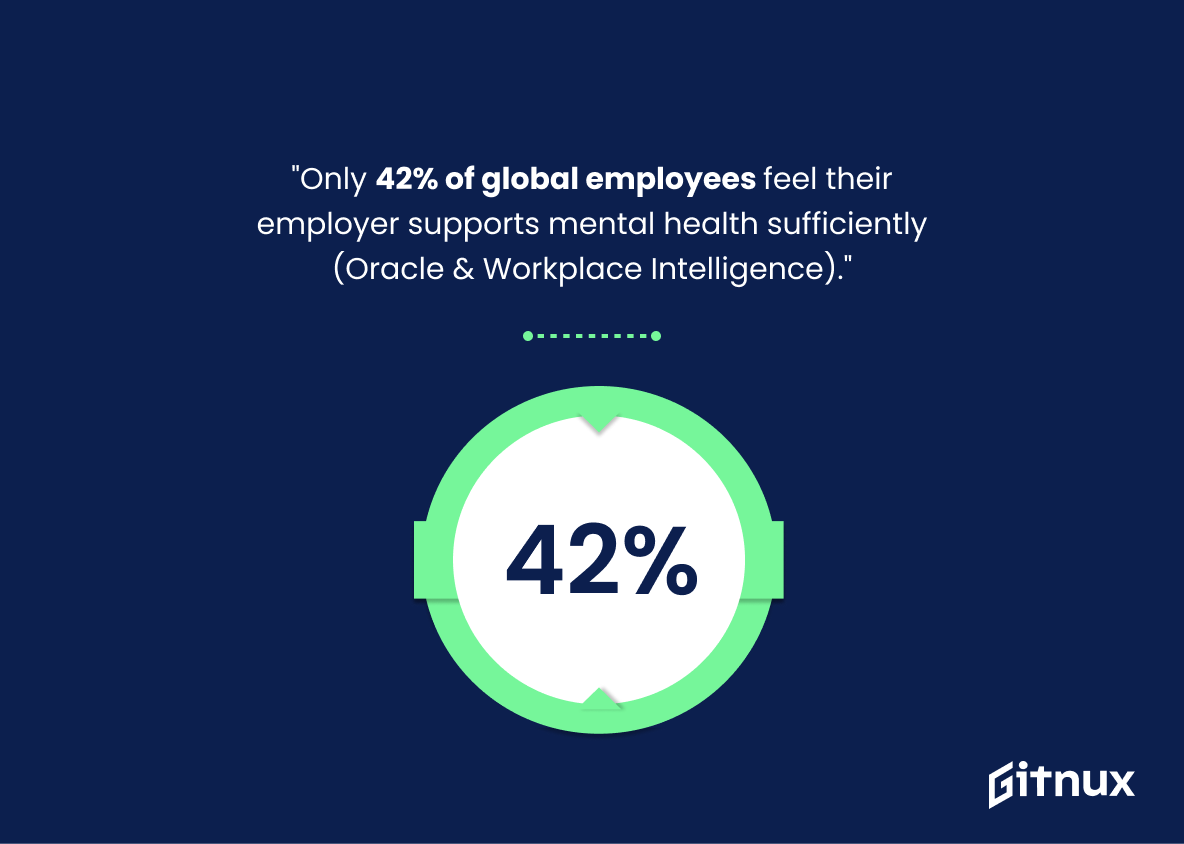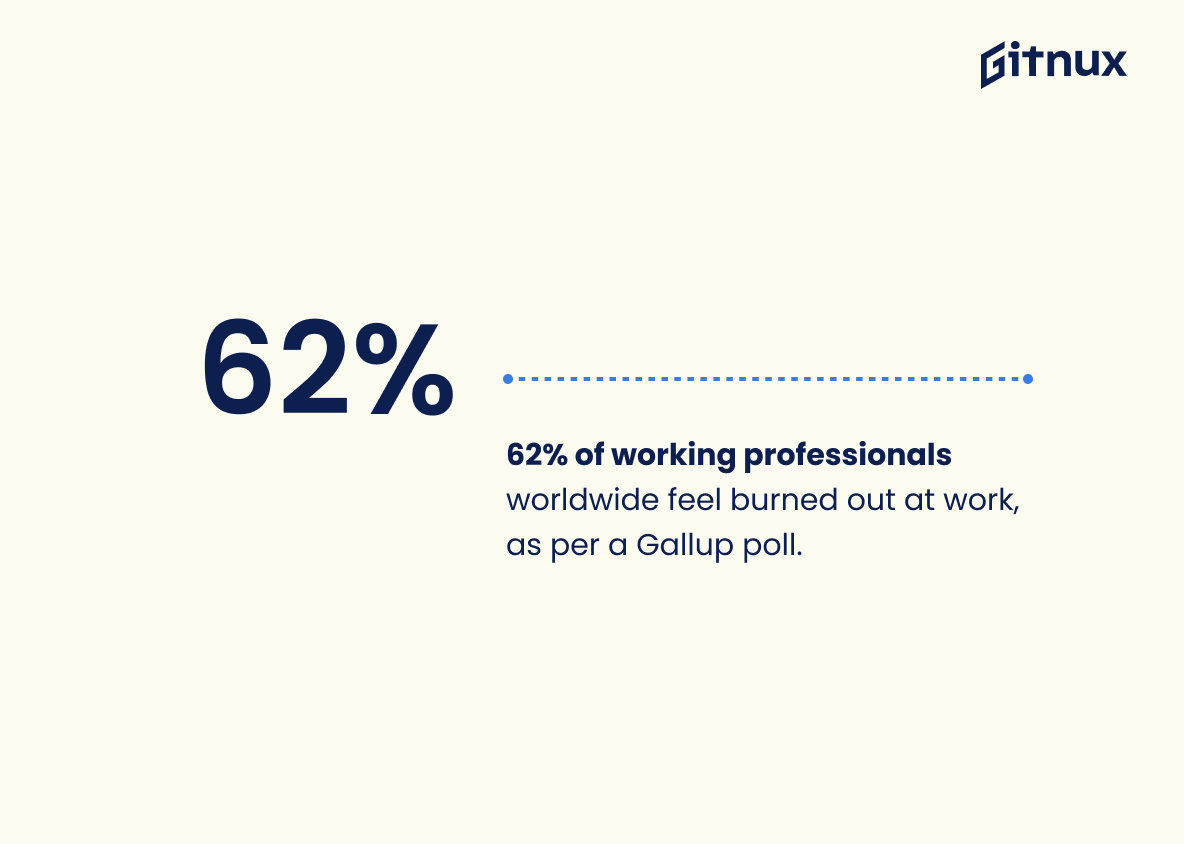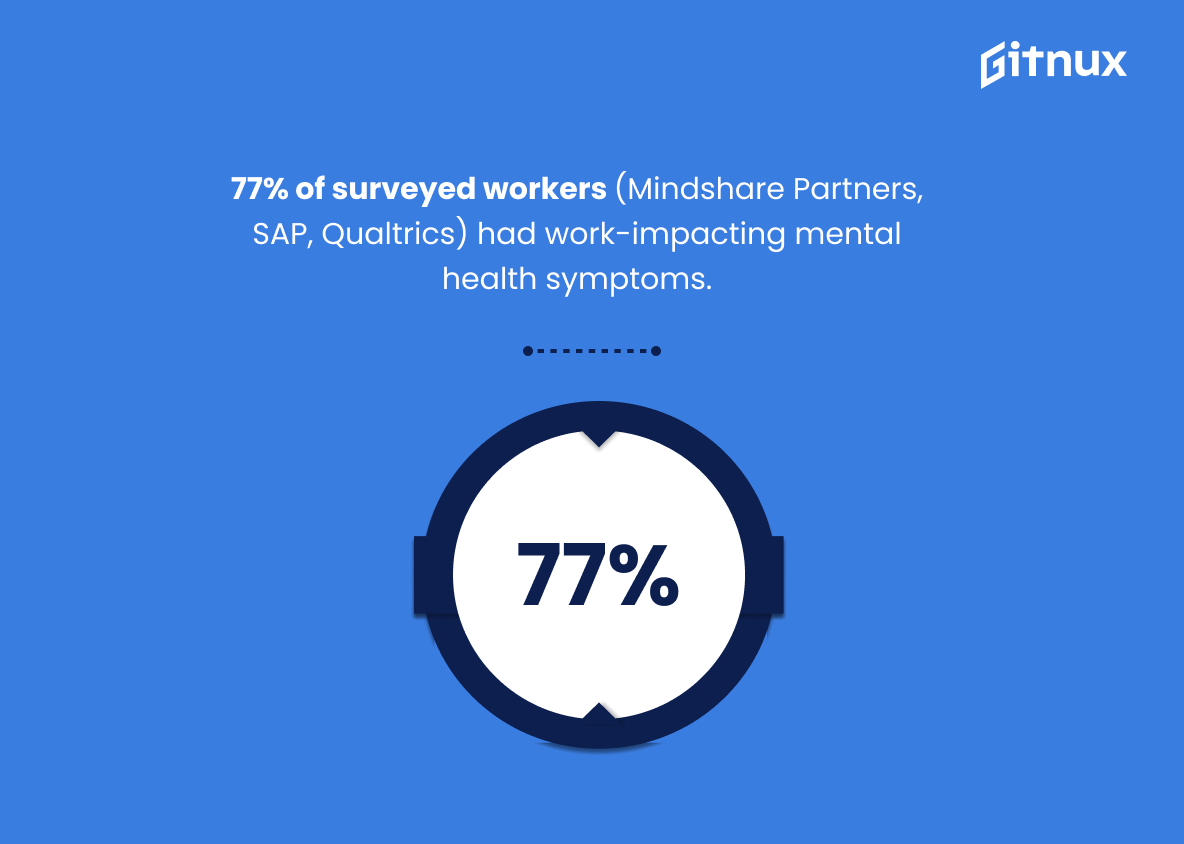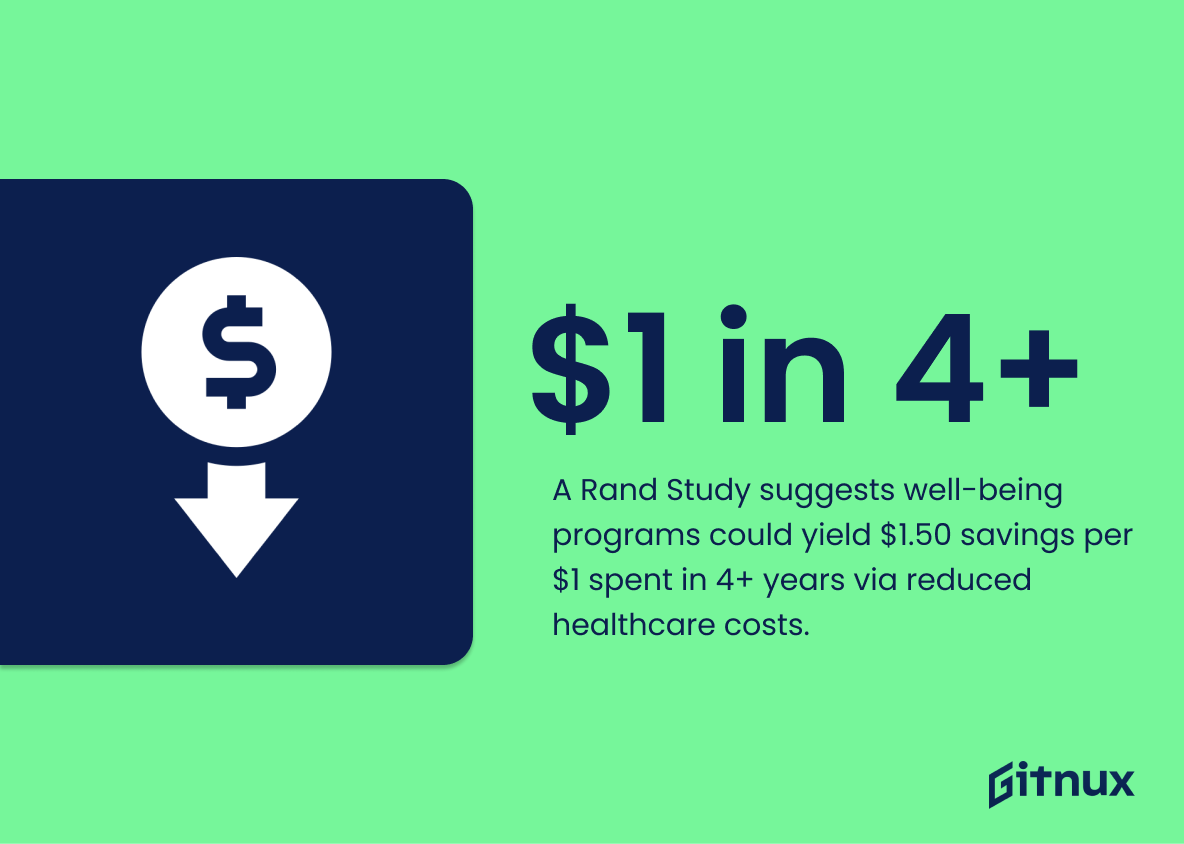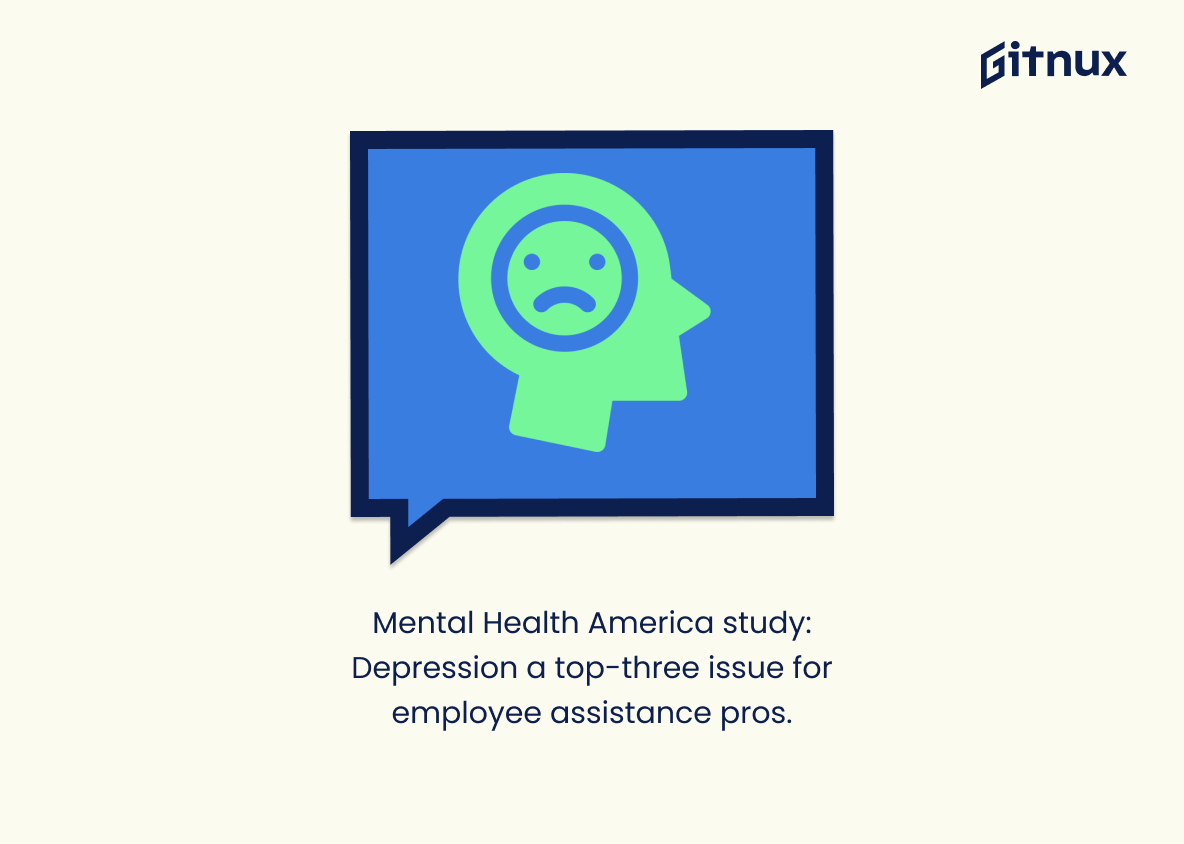In today’s increasingly competitive corporate landscape, employee wellbeing has emerged as a high priority item on every forward-thinking company’s agenda. It’s a complex concept that extends beyond mere physical health, encompassing mental well-being, work-life balance, job satisfaction, and even financial security. Being privy to the most up-to-date employee wellbeing statistics helps businesses develop comprehensive strategies for fostering a healthier and happier workforce. This blog post unveils the hard numbers and surprising trends that underline the growing importance of employee wellbeing, and how it significantly influences productivity, morale, and overall business success.
The Latest Employee Wellbeing Statistics Unveiled
Employee wellbeing programs can lead to a 28% reduction in sick leave, according to a study by the Institute for Healthcare Consumerism.
In the grand narrative of Employee Wellbeing Statistics, this particular statistic emerges as a linchpin, an undeniable proof of the importance of employee wellbeing programs. Demonstrating a considerable 28% drop in sick leaves, as per the research conducted by the Institute for Healthcare Consumerism, the statistic paints a vivacious picture. It speaks loudly about the extensive positive effects such programs can have on employee health, productivity and, implicitly, on an organization’s overall functioning and bottom line. The announcement of this statistical revelation takes on a key role in the blog post, shedding further light on the multifaceted benefits that emerge from prioritizing employee wellness and justifying the need for businesses to invest in healthcare initiatives.
In a survey by Deloitte, 93% of CEOs said they recognize the importance of their employees’ mental health for their organization’s success.
Underscoring the gravity of Deloitte’s finding, the overwhelming 93% of CEOs acknowledging mental health’s crucial role in business triumph eloquently frames the interplay between personal welfare and professional success. In the engaging narrative of Employee Wellbeing Statistics, this revelation not only injects validity but also fortifies the argument that organizations prioritizing mental wellness cultivate environments conducive to success. Moreover, it emphasizes how top-tier leadership now comprehends that their employees’ psychological wellbeing directly influences productivity, morale, and overall business growth. This illustration serves as a potent reminder to organizations worldwide that investing in workforce wellbeing is not a mere corporate social responsibility exercise, but a strategic, profit-propelling necessity.
About 68% of employees surveyed showed improved productivity after the implementation of employee wellness programs, according to a study by Towers Watson.
Laying the ground for the significance of this statistic, let’s consider a canvas where productivity is the color that brings a business to life. Not just a hue, but a vivid, bright, dynamic touch that can redefine the entire picture. Now, picture this – nearly 70 percent of the workforce starts painting their tasks with this vibrant productivity color following the inception of employee wellness programs, as detailed in a study by Towers Watson. This notable increase in productivity instantly adds depth and value to the broader portrait of Employee Wellbeing Statistics in the corporate world. It is analogous to affirming that wellness programs are not merely a peripheral accessory, but a masterstroke in enhancing employee performance and, in turn, driving business success.
The American Psychological Association found that supporting employees’ well-being can increase employee job satisfaction by as much as 85%.
Exploring the significance of this statistic, we unearth a rich vein of potential benefits for employers who prioritize employee well-being. The American Psychological Association’s research draws a direct line between supporting employees’ well-being and an incredible 85% increase in job satisfaction. This implies that more than just a mere nicety, fostering employee well-being can be seen as a powerful tool to revitalize workplace morale and motivation. Furthermore, in a blog post context about Employee Well-being Statistics, this number acts as a compelling headline grabbing attention, underscoring the significant impact well-being initiatives can have on employees’ emotions towards their job. A not-so-hidden treasure in the quest for a satisfied and motivated workforce, don’t you agree?
Only 42% of employees globally believe their employer does enough to support their mental health, according to a study by Oracle and Workplace Intelligence.
Highlighting this statistic underscores an undeniable discovery from Oracle and Workplace Intelligence study: a significant shortfall exists in the global workforce’s opinion towards employer support for mental health. In the context of Employee Wellbeing Statistics, this figure surfaces as a red signal, warning that companies are potentially failing to address mental health adequately – an essential part of an employee’s overall wellbeing. It stands as a significant reminder that only a minority of employees feel sufficiently supported, provoking employers to reevaluate their wellbeing strategies for their employees’ mental health.
Businesses that prioritize employee well-being see a ROI of up to 600% according to the Global Wellness Institute.
In diving into the heart of Employee Wellbeing Statistics, the revelation that businesses focusing on employee well-being witness a return on investment up to 600%, as accorded by the Global Wellness Institute, paints a compelling picture of the financial implications. This compelling number doesn’t just peer from a dusty book of statistics, it heralds a clarion call for business leaders, illuminating the profitable intersection of corporate interest and employee welfare. Not merely a figure, it is an affirmation of the symbiotic relationship between a company’s success and its employees’ health. Thus, beyond just an altruistic approach, prioritizing employee well-being is mirrored in a profit increase that dramatically underscores the equally quantitative value of happy, healthy employees.
Wellbeing programs can yield 1.5 to 3 times the investment within two to nine years, says the Harvard Business Review.
Highlighting this insightful data from Harvard Business Review subtly communicates the transformative potential of employee wellbeing programs. It emphasizes an appealing financial return on investment, revealing a promising spectrum of 1.5 to 3 times business profits in a span of just two to nine years. This injects a compelling business perspective into an argument primarily centered on human resources. It suggests a prism through which to view employee wellbeing—not just as an ethical responsibility, but as a profitable strategic investment. This statistic thus acts as a potent convincing tool in the blog post asserting the vitality of employee wellbeing, speaking directly to business-minded readers amid the pursuit of operation efficiency and profitability.
62% of working professionals worldwide feel burned out at work, as per a Gallup poll.
Highlighting the statistic that ‘62% of working professionals worldwide feel burned out at work’ in a blog about Employee Wellbeing Statistics underscores a crucial global reality challenging workplace dynamics. It’s a potent eye-opener, putting a spotlight on the quintessential, yet often overlooked issue – employee burnout. By underlining this reality, the narrative on workplace health shifts, urging organizations to prioritize employee wellbeing. It presses for a more profound analysis and a call-to-action for improved working conditions, sustainable work-life balance, and effective stress management strategies. This statistic breathes life into the blog post, painting a vivid and vital picture of the significant pressures employees face today.
According to a survey by Peldon Rose, 76% of employees believe they are more productive in a positive workplace environment.
In the buoyant ecosystem of employee wellbeing statistics, the Peldon Rose survey emerges as a compelling indicator of the immense power of positive workplace environments. Notably, it illuminates that a striking 76% of staff feel their productivity levels are heightened when the work milieu is infused with positivity. The illumination of this fact is paramount to a blog post on this subject, as it forges a potent connection between workplace atmosphere and employee efficiency. Crucially, this connection invites attention to a range of potential denouements with a significant bearing on organisational health and longevity, from improved output and reduced staff turnover to heightened employee engagement and morale. In essence, this statistic serves as a conduit for a richer, more nuanced understanding of the myriad ways in which positive workplace environments can catalyse not just individual wellbeing but collective organisational success.
77% of employees surveyed by Mindshare Partners, SAP, and Qualtrics stated that they have experienced mental health symptoms that affected their performance at work.
This striking figure of 77% reflects a deep-seated issue faced by a staggering majority of employees: mental health symptoms impacting their work performance. The implications of this statistic in a blog post about Employee Wellbeing Statistics underscore an urgent need to address mental health in the workplace. Unraveling this statistic could potentially revolutionize employer strategies, underscore the importance of mental health support as a key pillar of employee wellbeing programs, and set a precedent for holistic wellness in the workplace. Employers can no longer disregard the significant impact mental health has on staff productivity and overall business success. In the grand equation of employee wellbeing, mental health carries an undeniable weight and significance.
According to a Rand Study, wellbeing programs could save companies up to $1.50 for every dollar spent in over four years, through lower healthcare expenditures.
Diving into this compelling piece of data, it underscores an important narrative, outlining the impressive return on investment that wellbeing programs can yield within a business setting. Not only do these programs foster a healthier work environment, but they also translate to tangible monetary savings, an aspect every business can appreciate. This concrete financial return, cited by a notable Rand Study, transforms the often abstract concept of ‘wellbeing’ into a quantifiable benefit. It shifts the perception of employee wellbeing programs from a luxury or corporate responsibility into a strategic investment. Within a span of four years, lower healthcare costs linked to these programs can lead to a company saving as much as $1.50 for every dollar spent. This compelling fact accentuates that investing in employee wellbeing has a reverberating impact, extending beyond the sphere of workforce health, directly into the realm of company economics.
The World Health Organization reported that for every $1 put into treatment for common mental disorders, there is a return of $4 in improved health and productivity.
In the bustling landscape of corporate wellness, a standout statistic from the World Health Organization sets a convincing benchmark for investment. Picture this – for every buck invested in treating common mental disorders, a four-fold return in enhanced health and productivity is yielded. This nugget of data underscores the profound linkage between mental health care and employees’ productivity. It hints at the transformative effect of mental health interventions on overall work performance, uplifting the very foundation of employee wellbeing. Therefore, such statistics paves the way to refresh our perspective: investing in mental health doesn’t merely signify an add-on cost, but a vital move that amplifies organizational productivity and employee wellbeing in the long run.
A study by Mental Health America found that depression ranks among the top three workplace problems for employee assistance professionals.
The fact that Mental Health America study identified depression as one of the most prevalent workplace issues for employee assistance professionals critically underscores its importance in a discussion about Employee Wellbeing Statistics. It casts a spotlight on the indispensable need to prioritize mental health in the workplace discourse. By acknowledging depression’s presence, we open ourselves to comprehensive strategies to address and combat it, potentially transforming workplaces into thriving hubs of wellbeing and productivity. Such enlightenment is crucial for all stakeholders, including employers, HR professionals, and employees, signaling a pivotal shift towards holistic employee wellbeing, rather than merely focusing on physical health or tangible benefits.
Conclusion
To sum up, employee wellbeing statistics clearly demonstrate the critical significance of fostering a positive work environment. The data enlightens us about the far-reaching impacts of employee wellbeing not only on productivity but also on job satisfaction and overall business success. Investing in initiatives that promote mental, emotional, and physical health are not just ethically right but also economically smart. Remember, a healthy employee is indeed a company’s greatest asset. The statistics are a wake-up call for organizations to go beyond the conventional norms and earnestly embed wellbeing into their core business strategy. The future of work is undeniably well-being centric.
References
0. – https://www.www.who.int
1. – https://www.www.mindsharepartners.org
2. – https://www.www.rand.org
3. – https://www.globalwellnessinstitute.org
4. – https://www.www.theihcc.com
5. – https://www.www.towerswatson.com
6. – https://www.hbr.org
7. – https://www.www.peldonrose.com
8. – https://www.www2.deloitte.com
9. – https://www.www.mhanational.org
10. – https://www.www.gallup.com
11. – https://www.www.oracle.com
12. – https://www.www.apa.org
